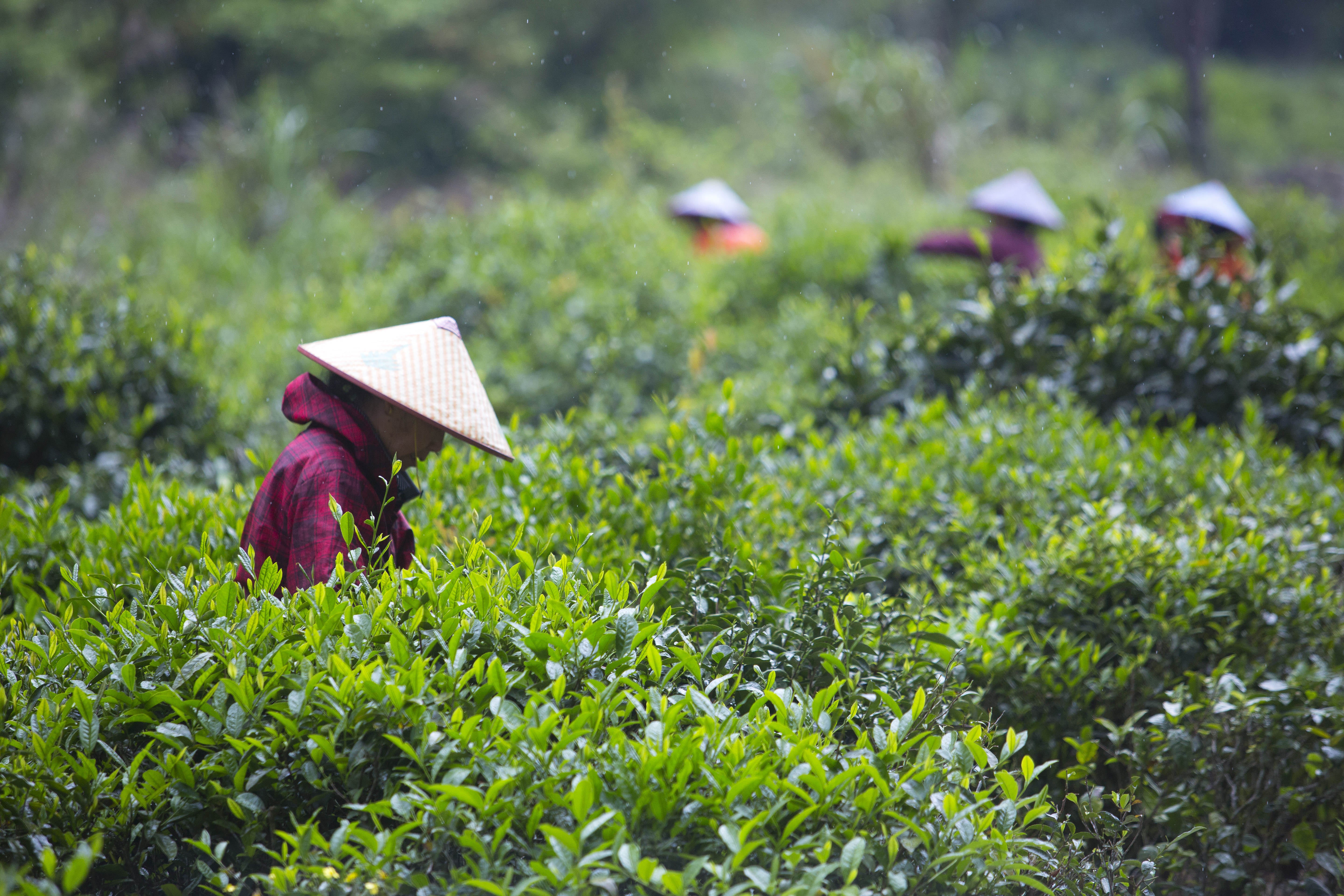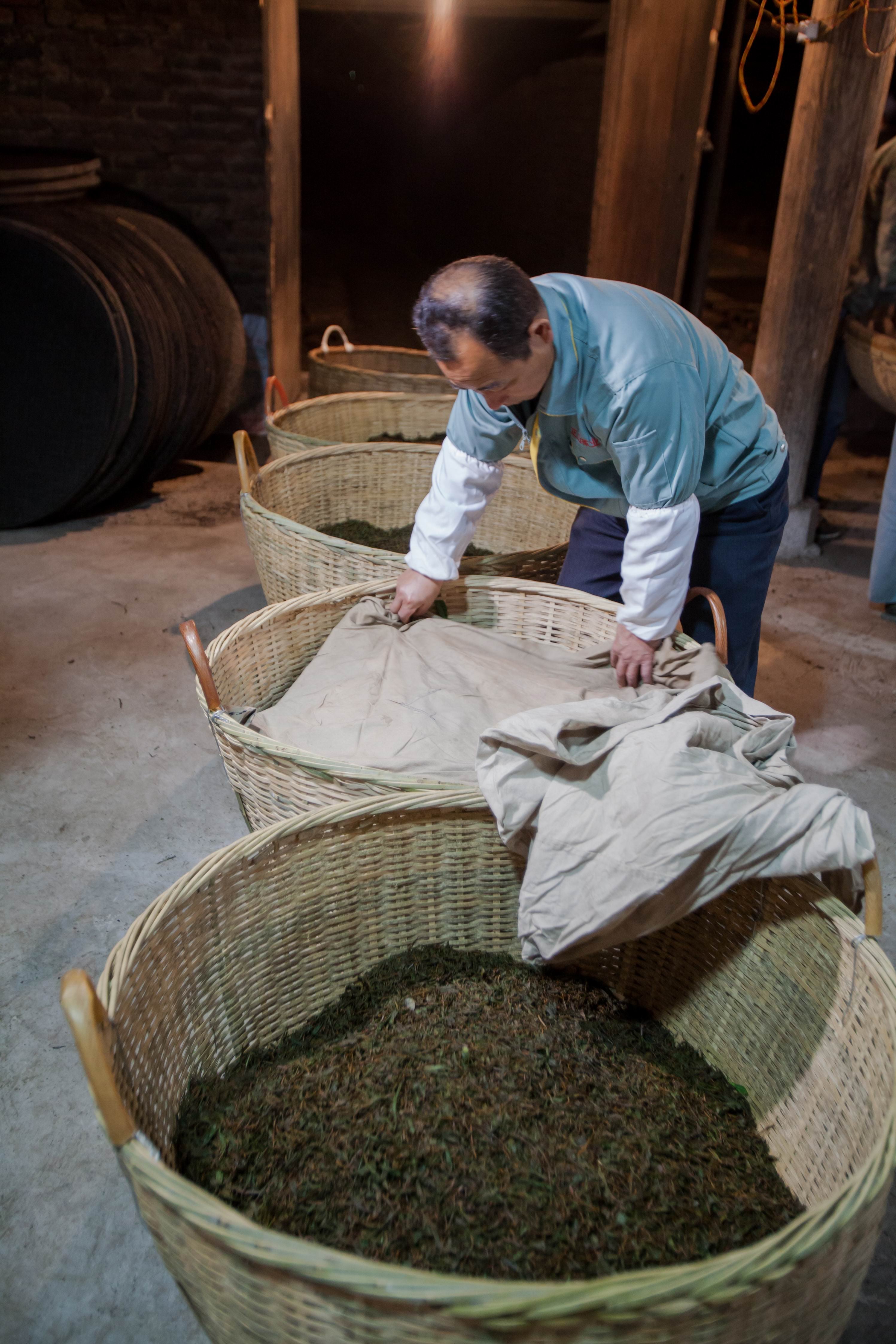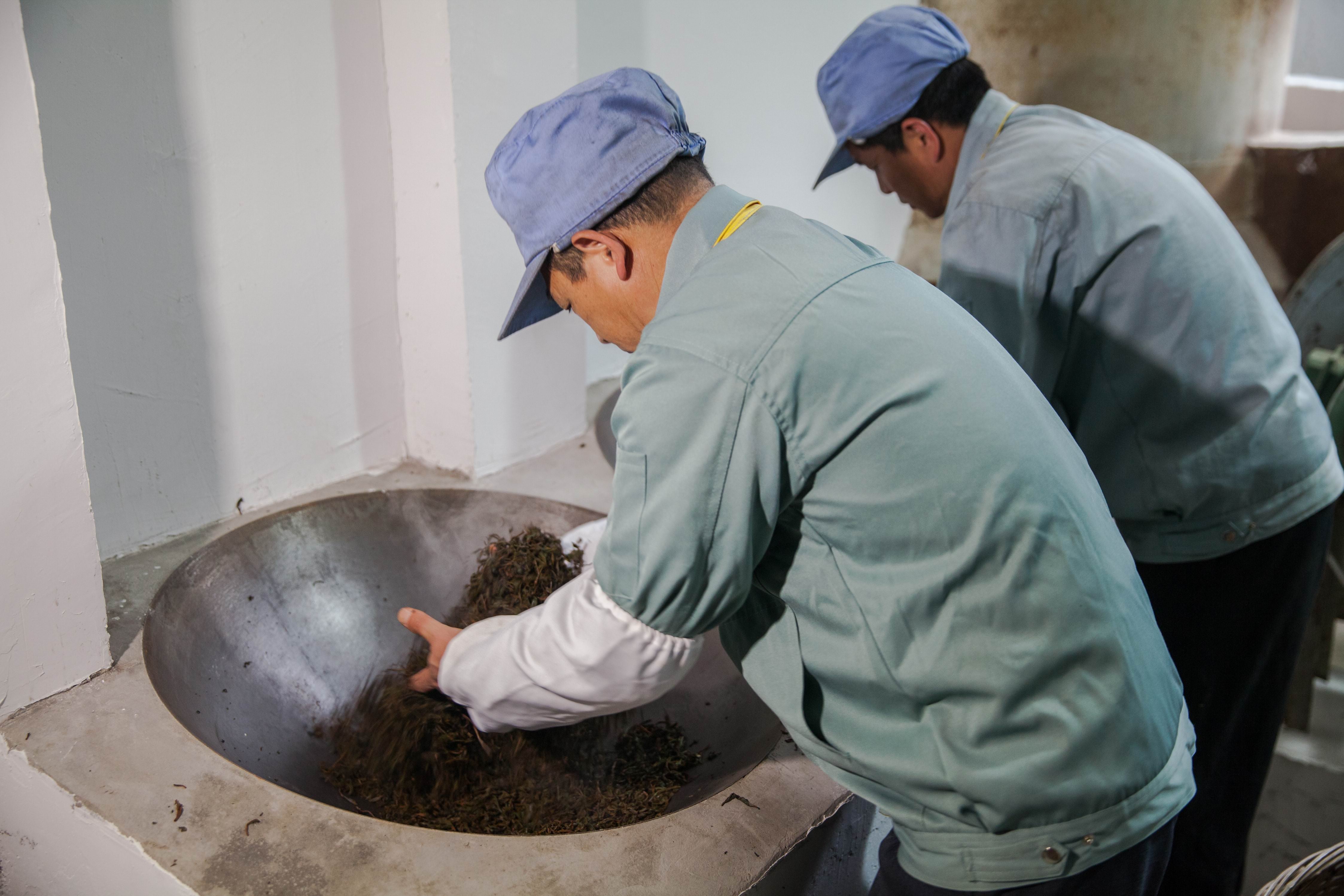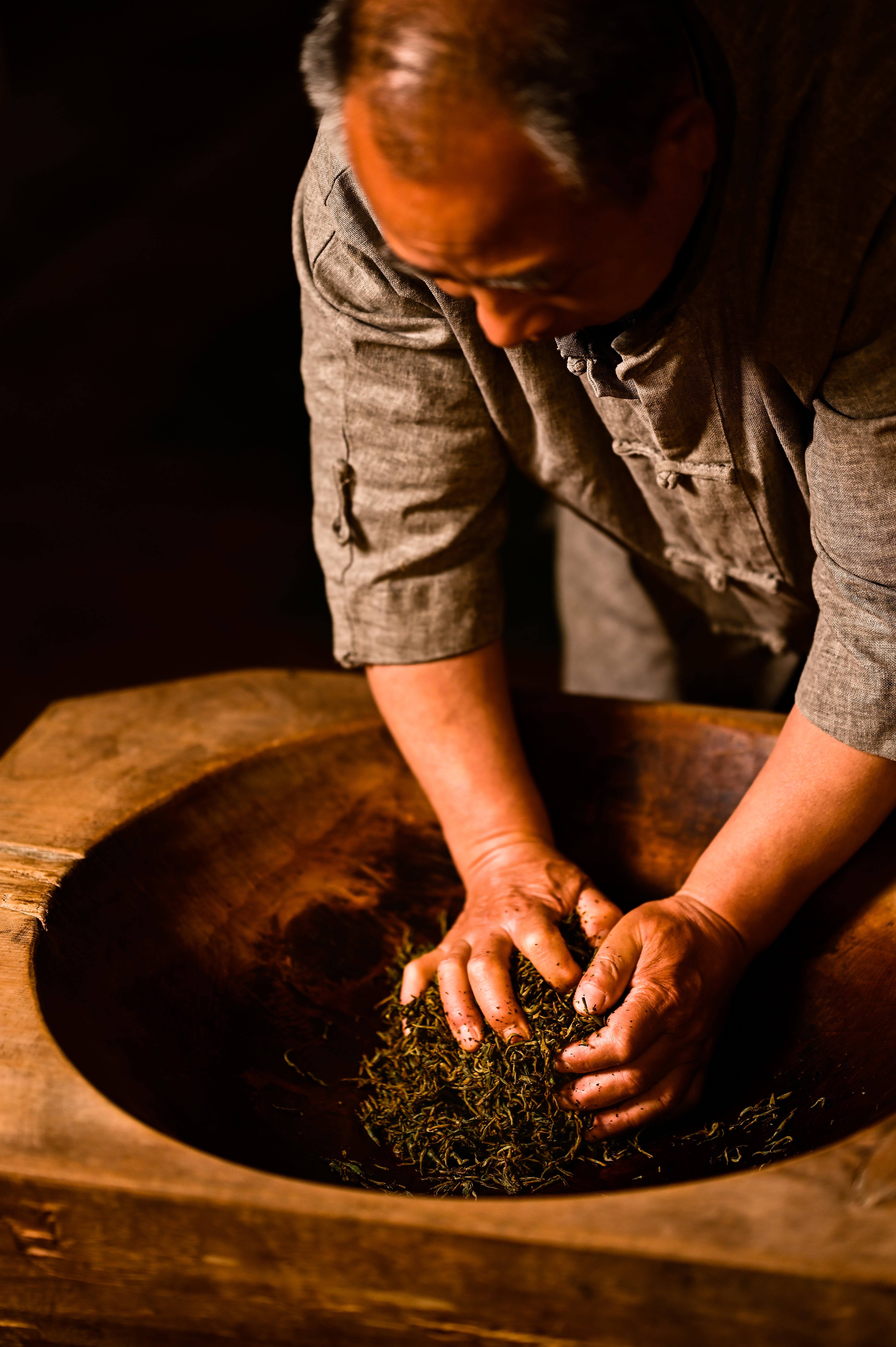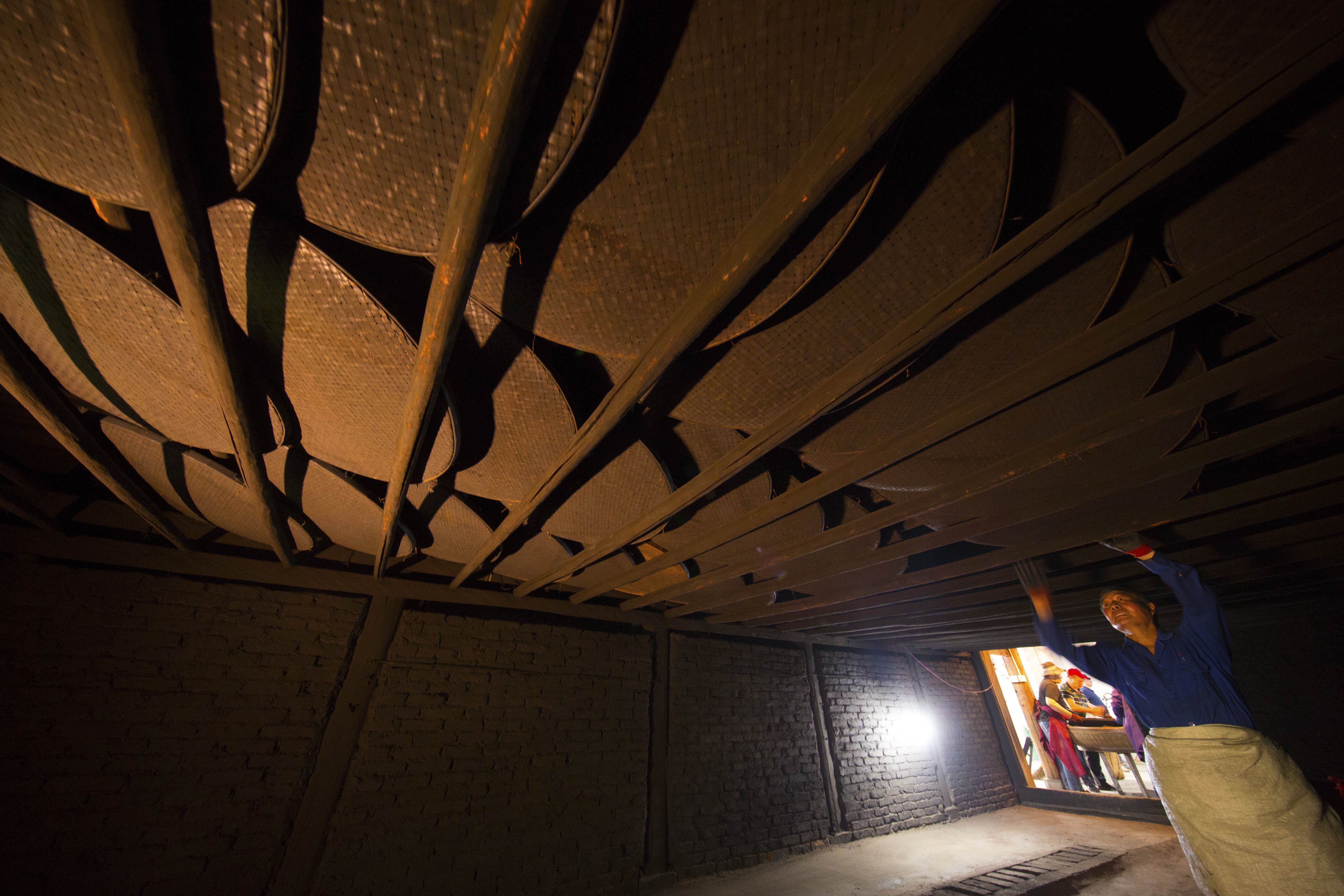All what you should know about — lapsang souchong black tea
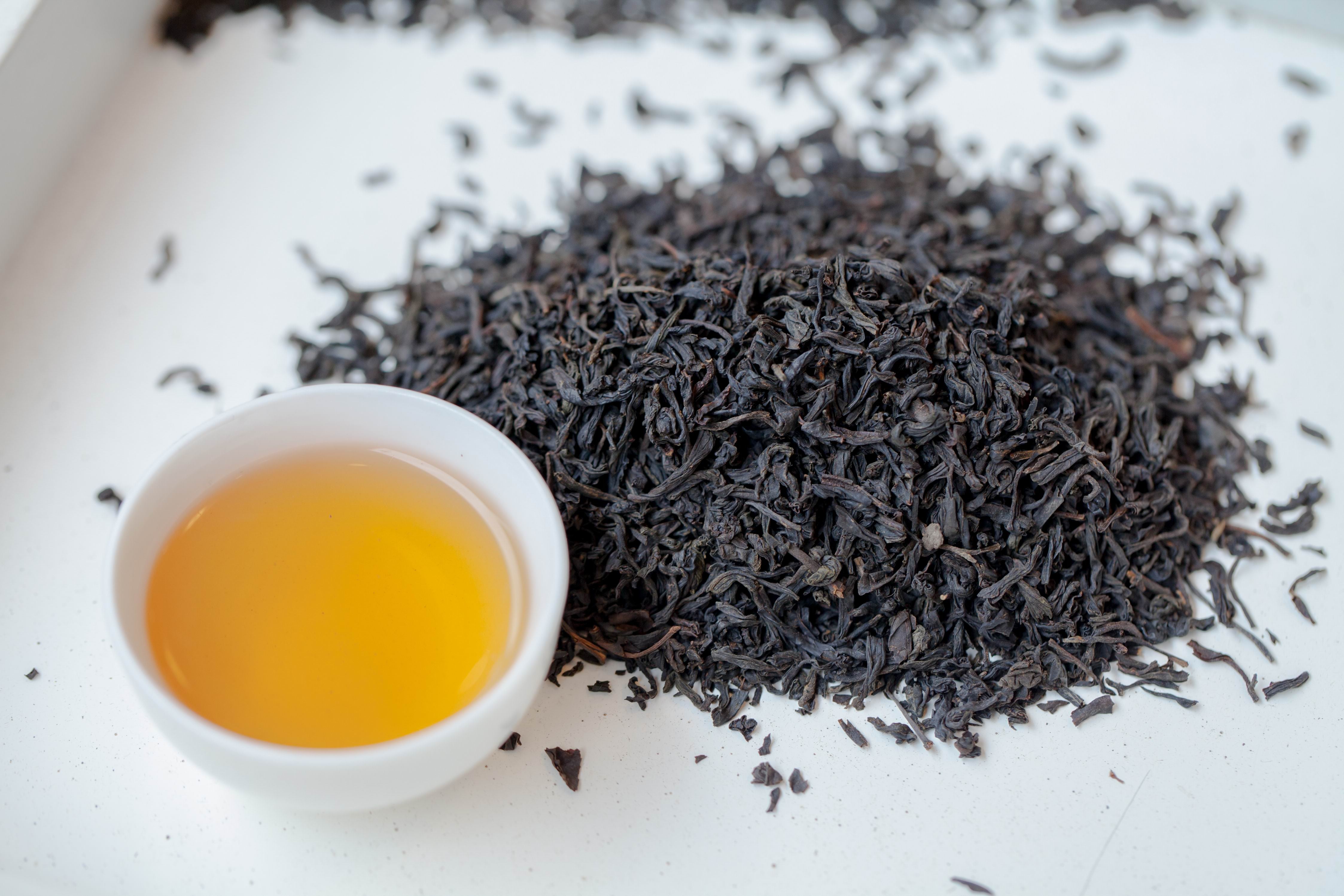
Born and history
BLapsang Souchong black tea was invented in 1568 and has a history of more than 400 years. Lapsang Souchong is the originator of black tea in the world. Keemun black tea, Assam black tea, Darjeeling black tea, Ceylon Highlands black tea and other world black teas are all derived from Lapsang Souchong black tea.
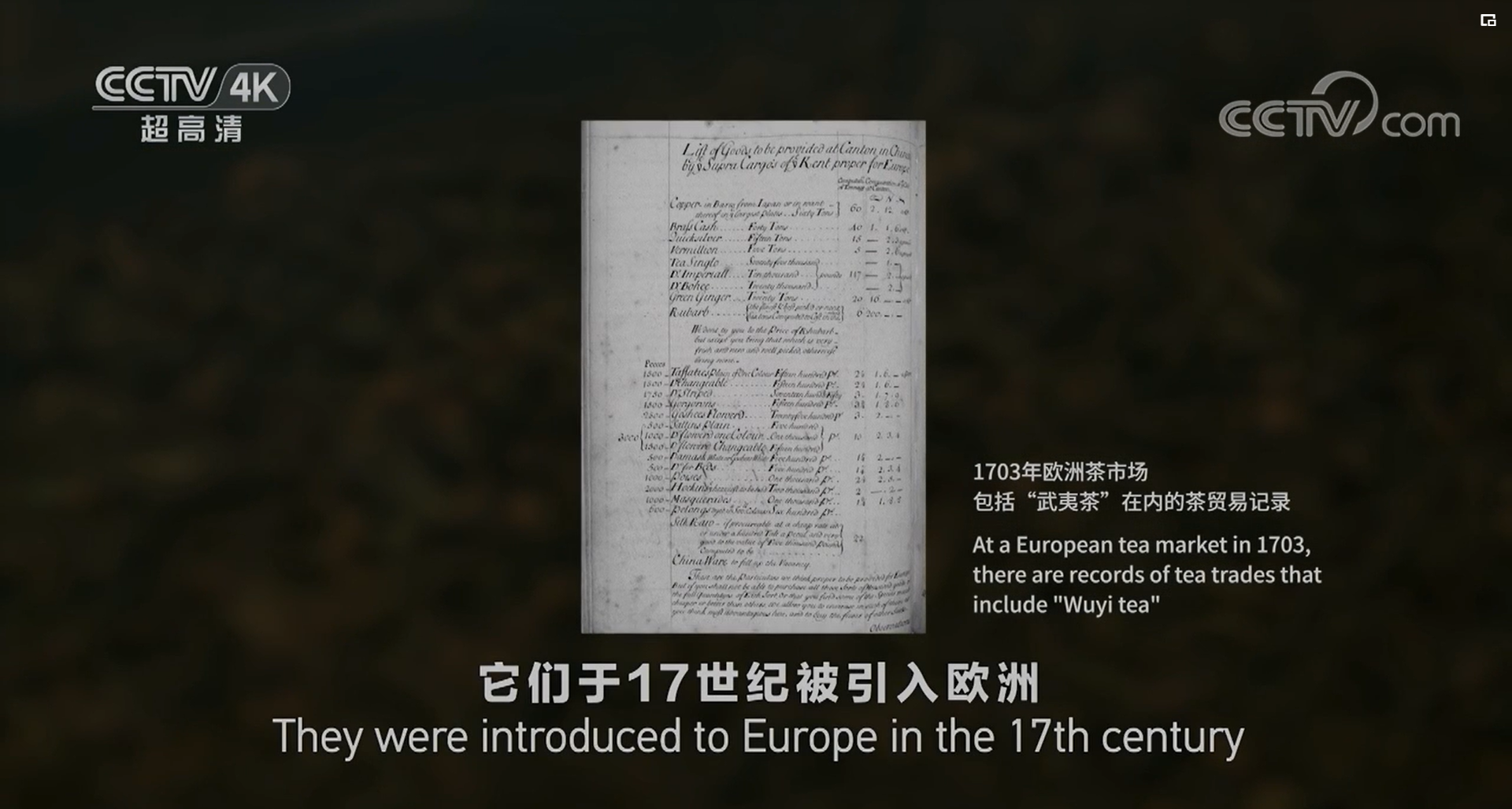

The birthplace of Lapsang Souchong black tea is Jiangdun and Miaowan Natural Village, 5 kilometers northeast of Tongmu Village, Xingcun Town, Wuyishan City (formerly Chong'an County). Mr. Zhang Tianfu, a leading figure in the contemporary tea industry, once wrote an inscription for Miaowan, "The Origin of Lapsang Souchong." Jiang Dun is named after the family name Jiang. The Jiang family has been engaged in tea business for generations and is known as the "tea family".
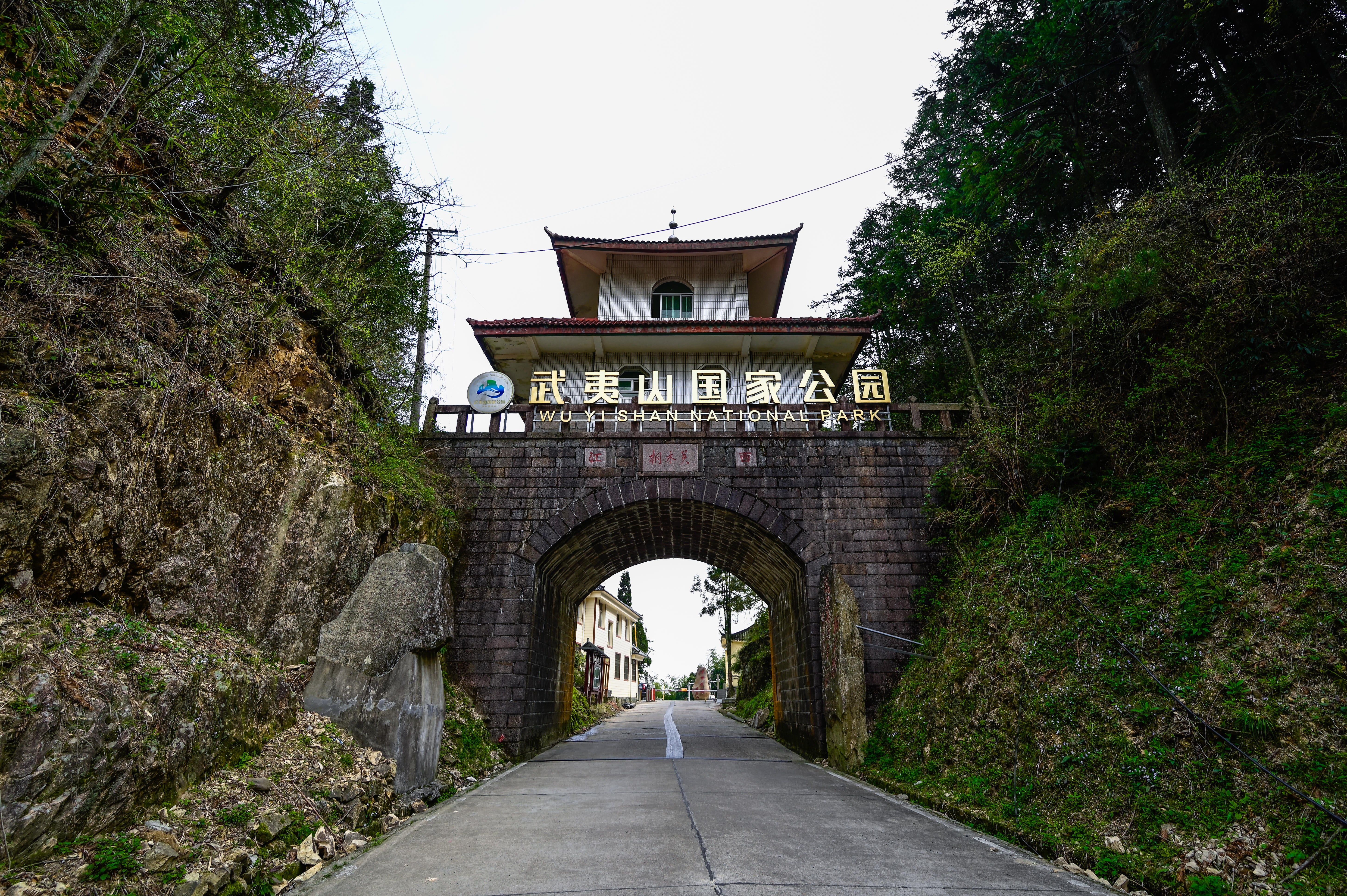
Tongmu Village, Xingcun Town, Wuyishan City
(formerly Chong'an County)

The Origin of Lapsang Souchong
In 1604 AD, Dutch businessmen brought "Lapsang Souchong" black tea to Europe. Black tea went abroad for the first time, and later gradually became popular all over the world.
The spread of black tea
SLapsang Souchong black tea was invented in 1568 and has a history of more than 400 years. Lapsang Souchong is the originator of black tea in the world. Keemun black tea, Assam black tea, Darjeeling black tea, Ceylon Highlands black tea and other world black teas are all derived from Lapsang Souchong black tea.
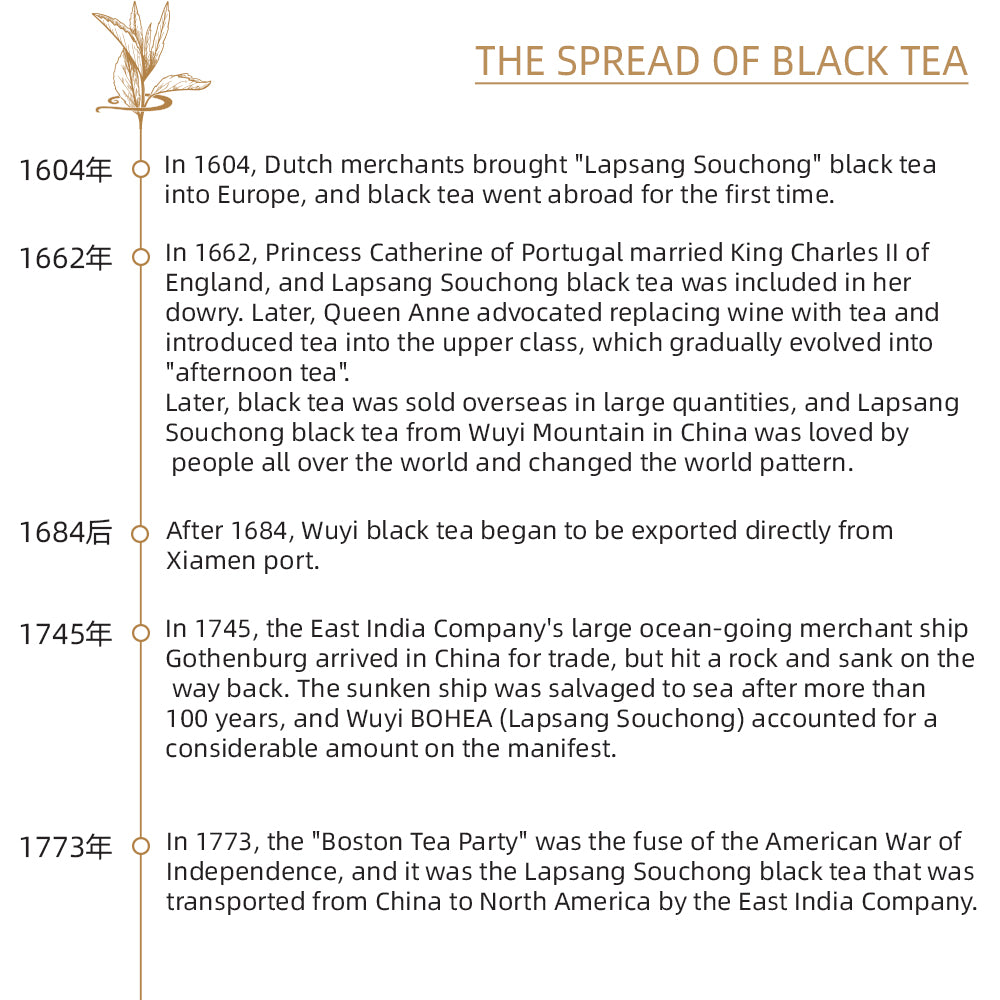

Afternoon tea culture
AAlthough black tea is originally from China, it has gained greater popularity abroad, especially in the United Kingdom. Since the British came into contact with black tea in the 17th century, an elegant black tea culture has gradually developed over the past 300 years and has become the mainstream of the world's black tea culture.

The production area of Lapsang Souchong
Lapsang Souchong Black Tea is grown in Wuyishan National Nature Reserve, the birthplace of black tea in the world and a double heritage of world culture and nature. According to the "Chinese Tea Classics", the "Lapsang" of Lapsang Souchong indicates the true meaning of "produced in high mountain areas", and its coverage "centers on Miaowan and Jiangdun Natural Villages in Tongmu Village, Wuyi Mountain, and north To Jiangxi Yanshan Shilong, south to Caodun Baiyeping, Wuyi Mountain, east to Da'an Village, Wuyi Mountain, west to Guangsiqiangan Pit, southwest to Shaowu Longhu Guanyin Pit, covering an area of about 600 square kilometers.It has rich vegetation, high mountains and deep valleys, fertile soil, far away from pollution, and maintains a complete subtropical evergreen broad-leaved forest ecosystem. The unique natural conditions are conducive to the growth of tea trees and ensure the superiority of tea raw materials.
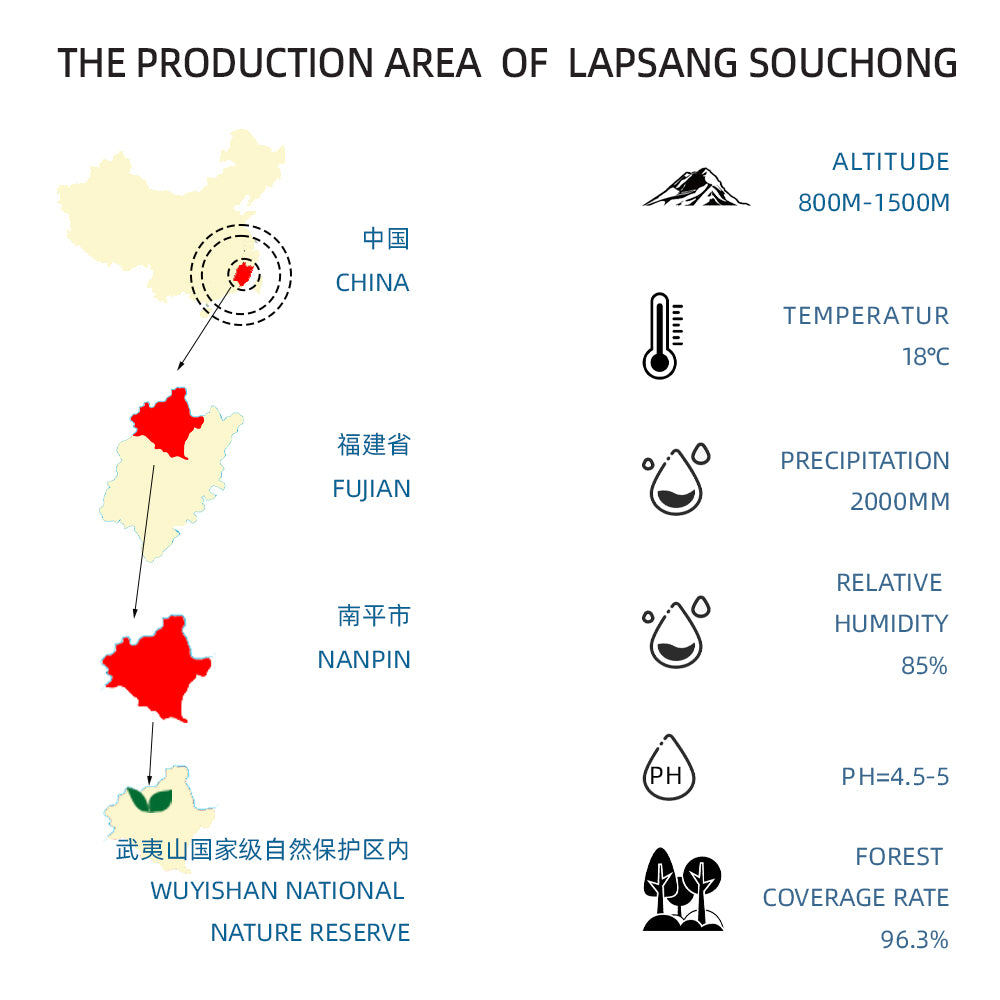
1500 meters/altitude: The average altitude of tea mountains is 800-1500 meters. Due to the high altitude, the temperature difference between day and night is large, which is very conducive to the growth of tea trees.
18°C/Temperature: It belongs to the subtropical monsoon humid climate, with an annual average temperature of about 18°C. There are many nitrogen-containing compounds such as amino acids and proteins produced and accumulated in the tea tree.
2000 mm/precipitation: The annual precipitation is above 2000 mm, which is the area with the most precipitation in Fujian Province. The tea has good tenderness, high quality, and can avoid freezing damage.
85%/relative humidity: The annual relative humidity is as high as 85%, the foggy days are more than 100 days, the high mountains are filled with clouds and fog, and the air humidity is high.
PH=4.5-5: It belongs to mountain yellow soil and mountain yellow red soil, with a PH value of 4.5-5 and a soil layer thickness of 30-90 cm. The soil in this area is loose and the soil has high natural fertility, so there is no need to apply chemical fertilizers.
96.3%/Forest coverage rate: With a forest coverage rate of 96.3% and a complete ecosystem, it has formed a complete and coordinated biological chain and built a "natural protective screen" for the growth of tea trees.

The Craftmanshipof Lapsang Souchong
The above withering-kneading-fermentation-passing in a red pot-re-kneading-smoking and roasting are the traditional production techniques of Lapsang Souchong, and they all need to be completed in traditional “Qinglou".
The Quality of LapsangSouchong
Due to the unique growing environment and unique traditional production process, Lapsang Souchong black tea has a unique aroma of pine smoke and longan, and its quality characteristics are unique.
Shape
The cord is strong and tightly knotted, the color is black and oily, and the dry smell has a special fragrance of pine smoke and dried.
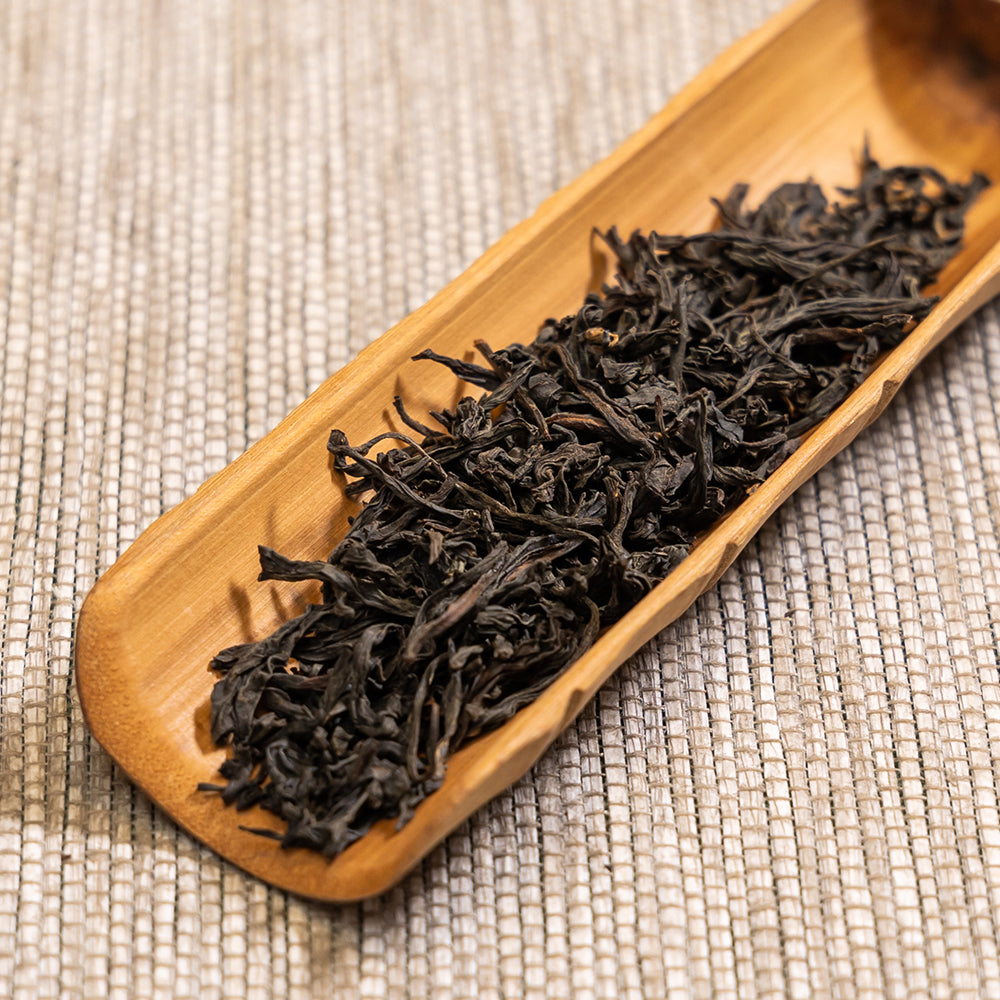
Tea infusion color
Orange red, bright and clear; resistant to brewing, various characteristics are still obvious after four or five brews.
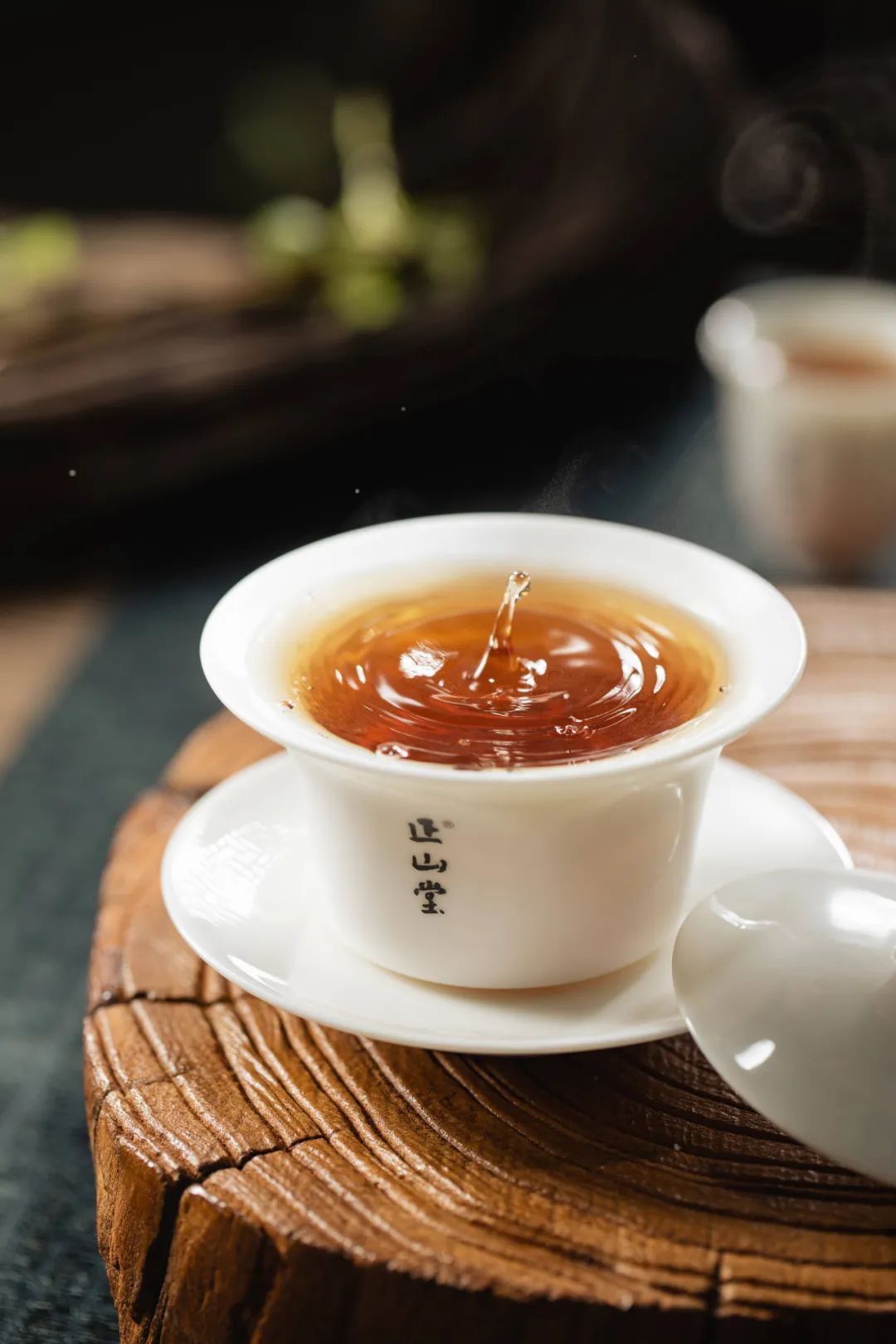
Flavor
Mellow, smooth and refreshing, neither bitter nor astringent, with a long-lasting aftertaste, suitable for directly drinking or with sugar and milk.
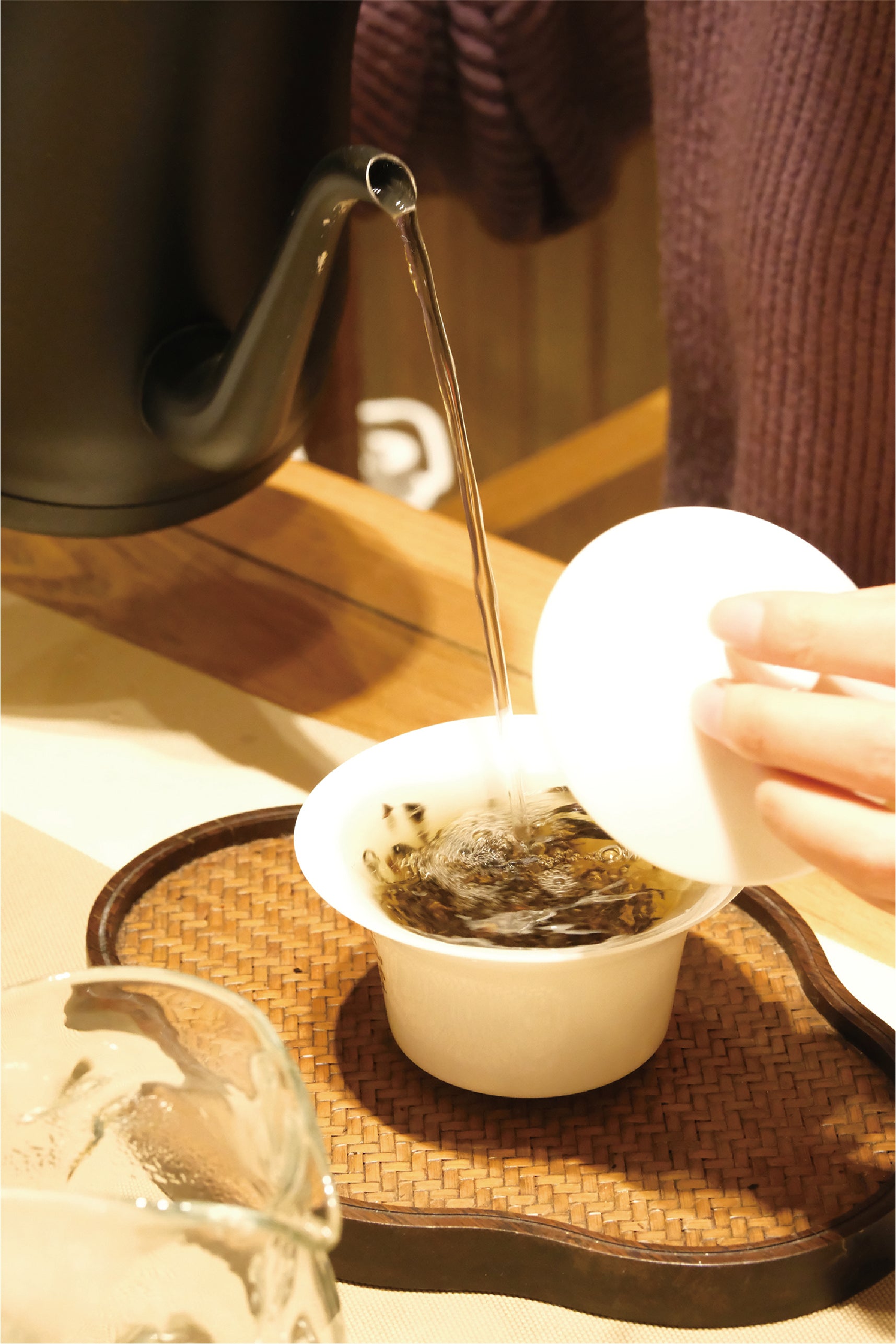
Leaf after brew
Soft, bronze in color.
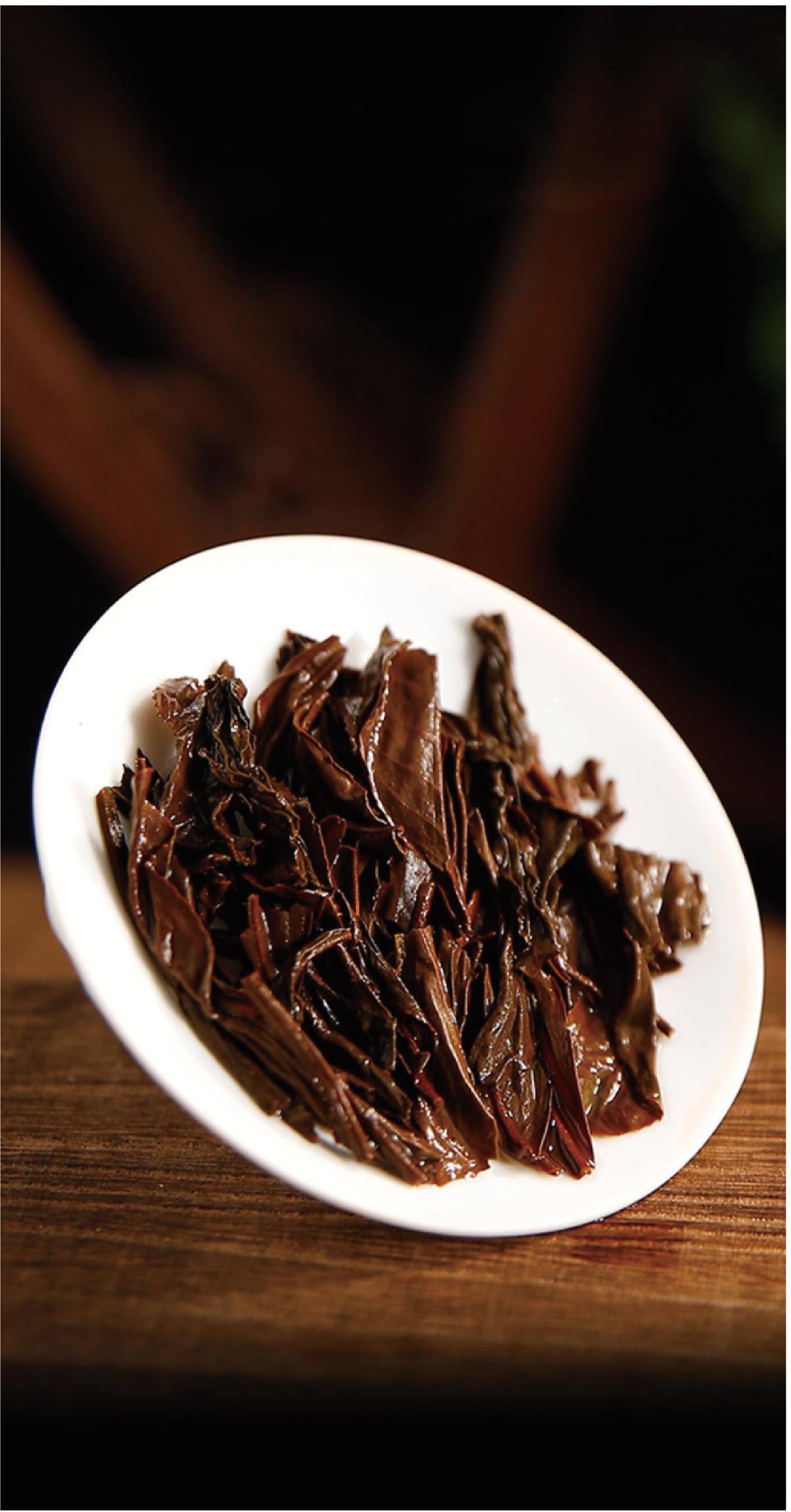
Storage resistance
Under normal temperature conditions, the quality can remain unchanged for three to five years or even longer, the taste will be more mellow, and the pine fragrance will be more pure and refreshing.
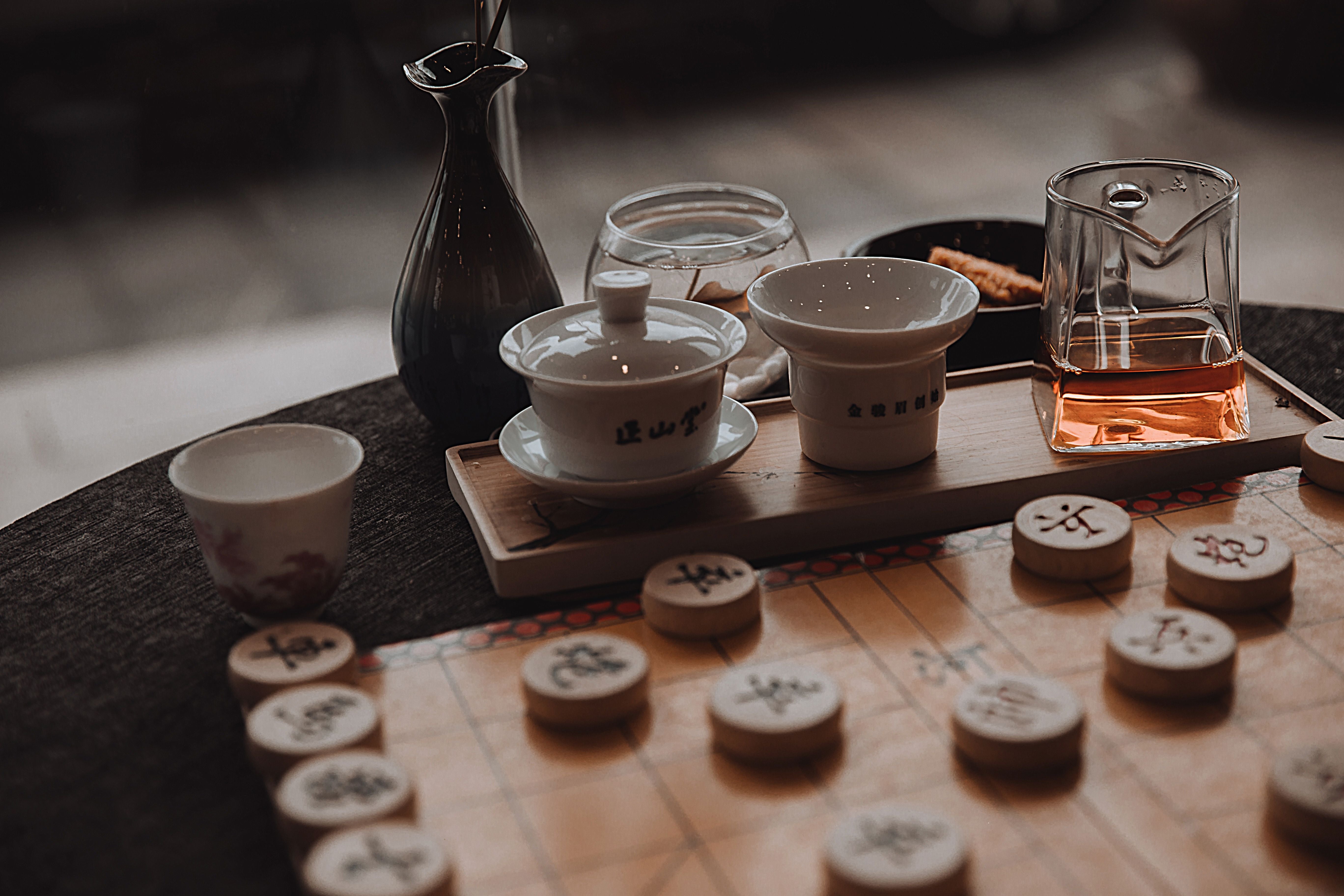
Qinglou, a centuries-old tea-making wooden building
Brothel is an ancient wooden building used for processing tea material. It has a history of nearly a hundred years in Tongmu village, Wuyi Mountain. The Qinglou is divided into three and a half floors, and the bottom half is used to burn masson pine wood to transfer heat and pine smoke. The first floor is the roasting room. The fermented tea leaves are placed on a round bamboo sieve, and then inserted into the baking rack for smoking and roasting. On the second floor, the temperature of the Qinglou can be adjusted by opening and closing the door; on the third floor, the residual temperature is used to wither fresh leaves. During the tea-making season, Paulownia is always filled with a scent of pine smoke.
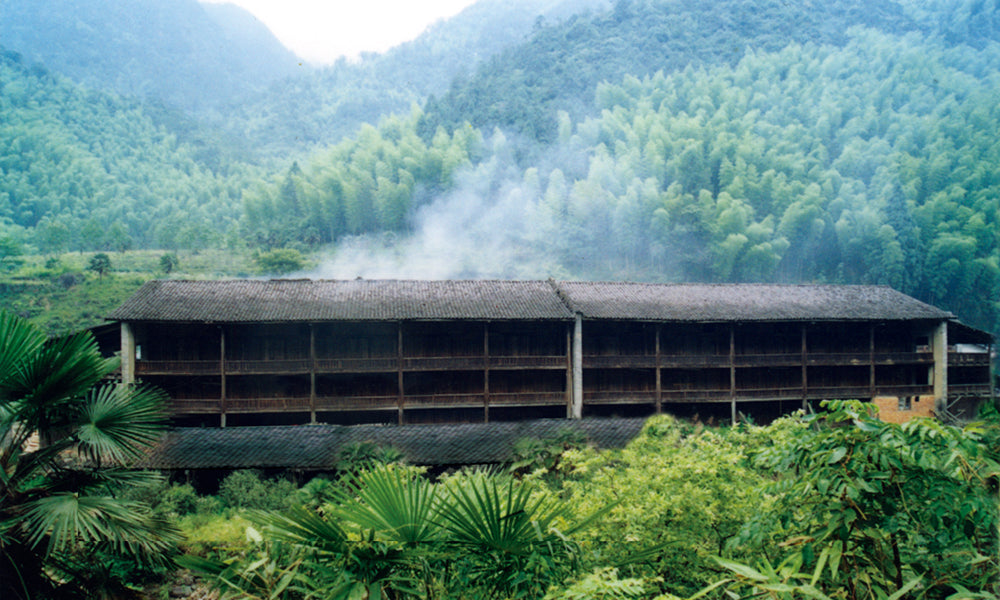
How does Lapsang Souchong's rosin incense form?
Masson pine wood is an essential raw material for traditional Lapsang Souchong tea making. Carefully smoked in the tea-making brothel of Tongmuguan in Wuyi Mountain, the Lapsang Souchong tea base absorbs rosin continuously during the process of withering and drying, which makes Lapsang Souchong black tea have a strong and unique aroma of rosin and longan.



















